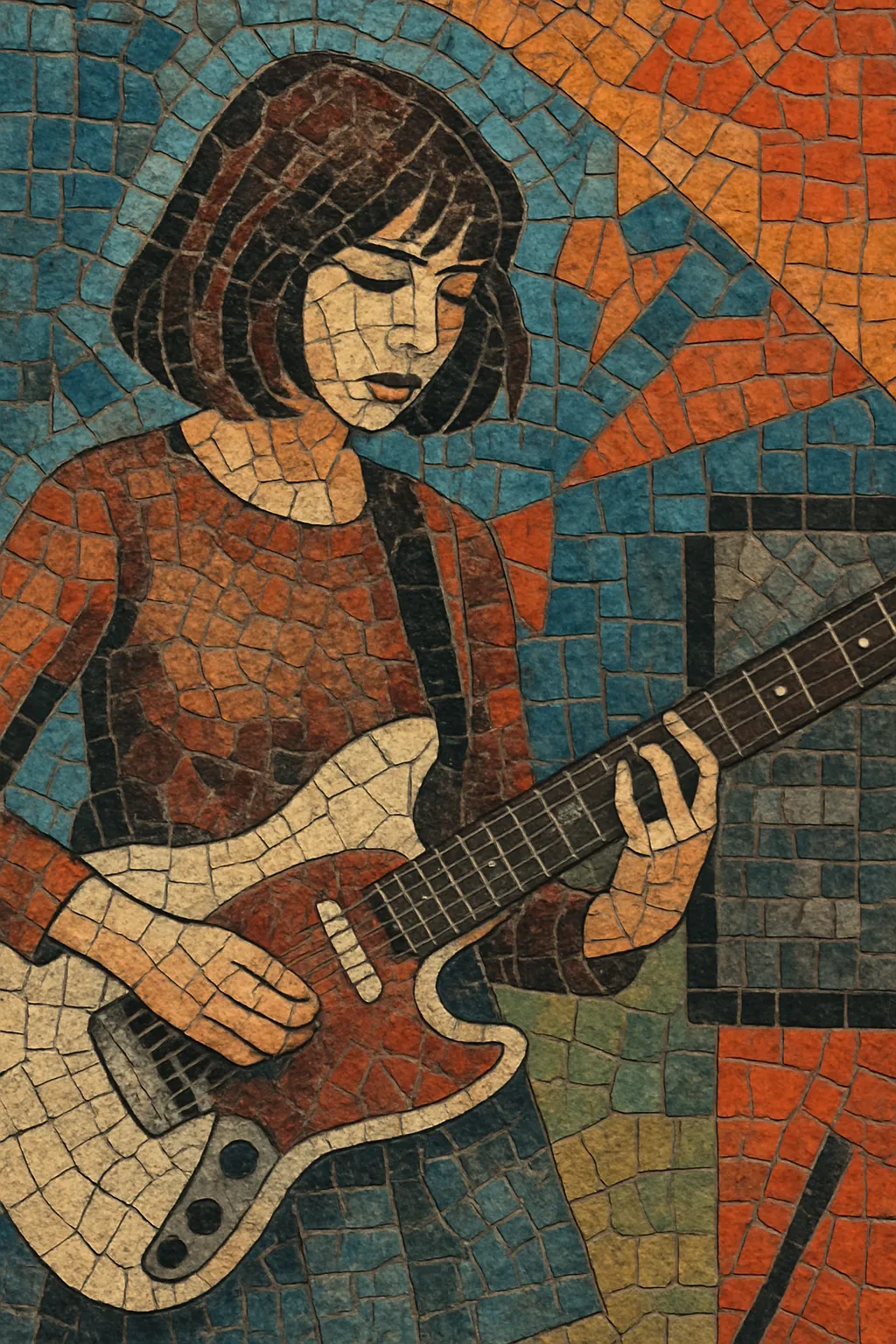C86 is both the name of a 1986 cassette compilation issued by the British music weekly NME and a shorthand for a jangly, DIY strain of UK indie pop that coalesced around it.
Characterized by bright, chiming guitars, brisk tempos, modest production values, and a shambling charm, the C86 sound drew on the energy of punk and the melodic sparkle of jangle pop. Vocals tend to be earnest or coy rather than aggressive, with lyrics focusing on everyday romance, youth, and small-scale dramas. The aesthetic emphasized independence from major-label polish, celebrating fanzines, small venues, and cassette culture.
The roots of C86 lie in the early-to-mid 1980s UK underground that grew in the wake of punk and post-punk. Independent labels (Creation, Postcard, Subway, Sarah’s precursors) and a growing fanzine network nurtured bands who favored jangly guitars, brisk but unpretentious rhythms, and melodic, emotionally direct songwriting. The sound absorbed post-punk’s DIY ethos while swapping angular severity for warmth and tunefulness.
In 1986, NME released the C86 cassette (a follow-up in spirit to 1981’s C81), capturing a snapshot of this flourishing indie ecosystem. Though the compilation mixed varying degrees of noise, jangle, and art-pop, its cultural impact was to codify “C86” as a recognizable aesthetic: trebly guitars, DIY production, and unguarded pop immediacy. The tape helped connect regional scenes across the UK, giving a national profile to small-label bands and cementing a grassroots touring-and-fanzine infrastructure.
By the late 1980s, the C86 sensibility diversified: some groups leaned into noisier textures and feedback; others embraced gentler, more overtly “twee” melodicism; still others evolved toward bigger indie-rock statements. Its influence radiated into noise pop, dream pop, and ultimately shoegaze via the Creation Records orbit, while its jangly immediacy and DIY approach fed the DNA of 1990s indie rock and, indirectly, Britpop’s grassroots foundations. Beyond specific sounds, C86’s lasting legacy is a template for independent production, grassroots promotion, and the idea that pop can be intimate, imperfect, and powerful.


